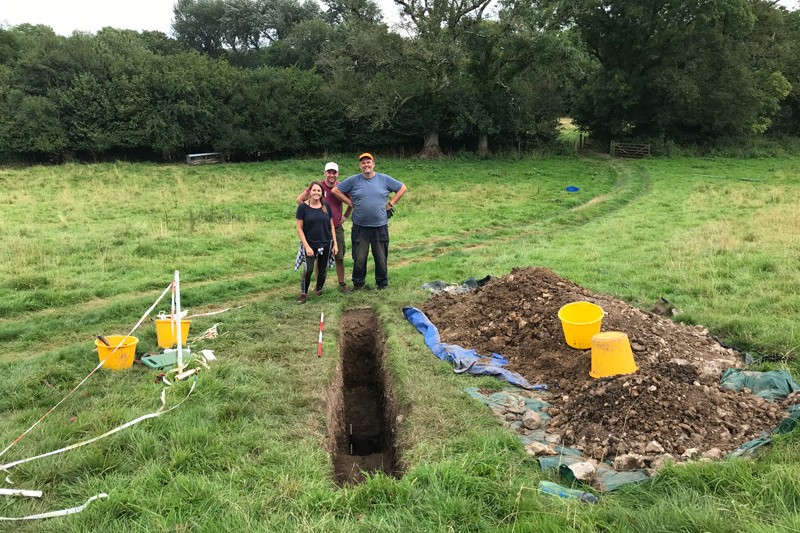King Arthur was a composite of real-life warlords, created as a ‘Celtic Superhero’ for the Britons in the 12th century AD.

That’s the conclusion of new historical and archaeological research conducted by Dr Miles Russell, a Senior Lecturer in Roman and Prehistoric Archaeology at Bournemouth University (BU).
He forensically analysed a series of Medieval texts, including A History of the Kings of Britain, written by Geoffrey of Monmouth in 1136, which featured the first full and detailed account of King Arthur.
“Geoffrey’s book itself derives from a series of myths, stories and bardic praise poems that go back to the first century BC, at a time just before Britain became part of the Roman Empire,” said Dr Russell.
“By studying the text with a forensic eye, isolating individual tales and characters, it is possible to identify where the story of King Arthur first came from.
“When you start to look at King Arthur in detail you realise that he is an amalgam of at least five separate characters – he never existed as an independent person at all.”
Dr Russell believes that the key figure in the creation of the Arthur legend was an individual called Ambrosius Aurelianus who lived in the late 400s, while about 39% is taken from Magnus Maximus, a Roman general who was alive in the 380s.
Other parts were taken from the Roman emperor Constantine the Great (8%) and the prehistoric warlords Arvirargus (24%) and Cassivellaunus (12%), all added in order to expand the legend of King Arthur.
He said: “Once you take all these elements of his story away, there’s actually nothing left for Arthur.
“He’s an echo of all these other individuals – what Geoffrey of Monmouth did was create a Celtic superhero for his times, a character for the Britons to celebrate, taken from all the best bits of those individuals who lived before."
Dr Russell added that the legend of King Arthur, and the stories that surround him, have changed and evolved dramatically since he was first created.
“The tale of Arthur as it’s originally presented is one whereby he takes an army to Europe in order to forge a great empire,” he said.
“It’s a story of conquest and aggression – in fact, if anything, Arthur as he appears in this original text is a deeply unpleasant and unsympathetic character.
“The Arthur that we’re familiar with today has been built on by subsequent writers who added Camelot, the Round Table, the Holy Grail and the love triangle with Guinevere and Lancelot. All of these things are bolt-ons to the original story, making Arthur more rounded and ultimately more likeable.
“That’s the magic of King Arthur - every generation reinvents him and adds something new to the mix and you have to strip all that away and get back to the original account to understand who he really was.”
Dr Miles Russell will be presenting his findings at the BBC History Magazine Conference at the Great Hall in Winchester on Saturday 7 October. His book Arthur and the Kings of Britain: the historical truth behind the myths is out now, published by Amberley, RRP £20



